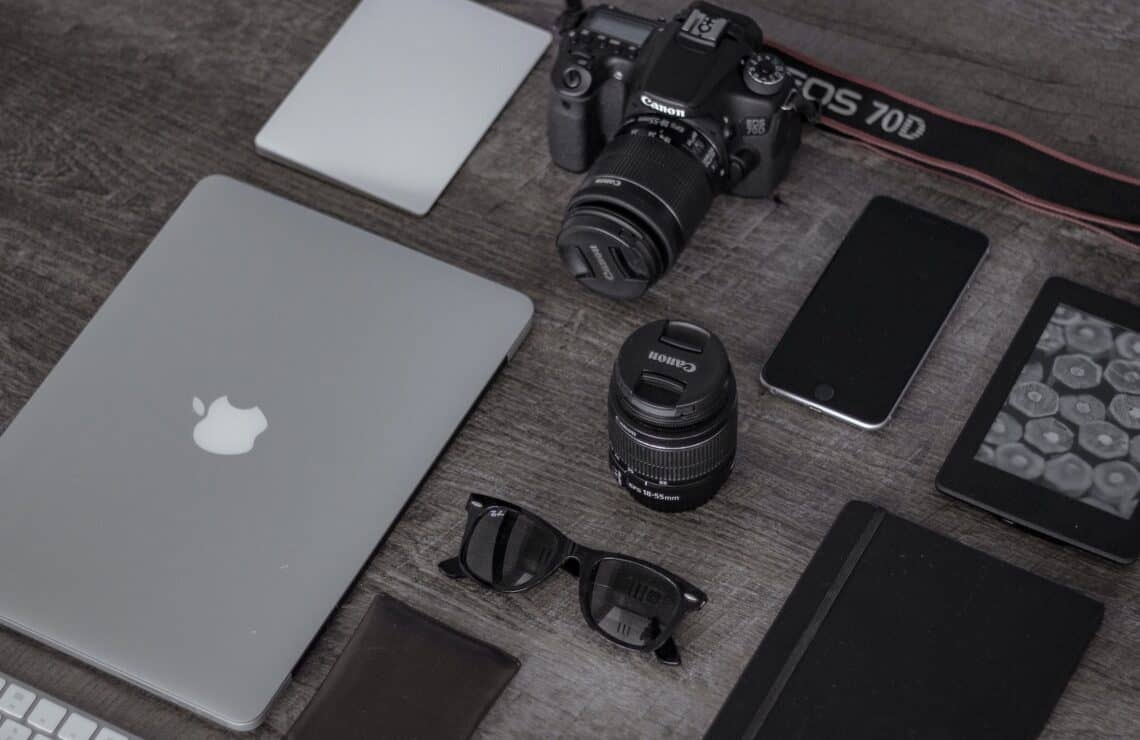Aspiring photographer? In this blog post, we will discuss seven tech tricks that every aspiring photographer should know, so that you can improve your skills faster! Enjoy!
Thinking about Photography as a Career?
This girl did. And it went pretty well for a couple of years, but as anyone who has picked up a camera in the last few years knows, photography is an incredibly competitive field. With so many people vying for attention, it can be tough to make your work stand out from the rest. However, with a little bit of technology know-how, you can take your photos to the next level and set yourself apart from the competition.
Here are our top tips for how to improve your skills quickly:
1. Invest in a Good Camera
This may seem like an obvious one, but it’s worth mentioning. If you want to take great photos, you need to have a good camera. Nowadays, there are many different types of cameras available, from DSLRs to mirrorless cameras to point-and-shoot cameras. It can be overwhelming trying to decide which one is right for you, but doing your research beforehand will help you make the best decision.
If you’re just starting out, a point-and-shoot camera may be all you need, but if you’re serious about photography and want to take high-quality images, investing in a DSLR or mirrorless camera is definitely worth it.
2. Use a Tripod
This is one of the simplest, yet most effective, ways to improve your photos. A tripod will help you keep your camera steady and avoid blurry images. You don’t need one for every shot, but they can make or break the right shot. Tripods are great for low-light situations or when you need to take long exposures. They can be expensive, but there are many affordable options available. You can even find DIY tripods made from items like PVC pipes!
If you don’t have a tripod, try using a stack of books or any other sturdy object to prop up your camera. Just make sure it’s stable before taking the photo. Tripods are an essential piece of equipment for any photographer, so if you don’t have one already, make sure to invest in one!
3. Use a Remote Shutter Release
Another great way to avoid blurry photos is to use a remote shutter release. This is a device that allows you to take photos without touching the camera, which reduces camera shake and results in sharper images.
There are many different types of remote shutter releases available, so choose one that is compatible with your camera model. Wireless remotes are the most convenient, but if you’re on a budget, there are also wired options available. If you don’t have a remote shutter release, you can also use the self-timer feature on your camera. Just set the timer for two or more seconds and press the shutter button. The delay will give your camera time to stabilize before taking the photo.
4. Use Natural Light
Whenever possible, try to use natural light instead of flash. Flashes can be harsh and unflattering, and it often results in red-eye. If you’re taking photos indoors, open the curtains or turn on some lights to brighten up the room. You can also go outside and take advantage of the beautiful natural light.
If you absolutely need to use flash, there are some ways to make it work in your favor. Try bouncing the light off a wall or ceiling for a softer effect, or using a diffuser to spread the light out evenly. Remember, natural light is always your best bet!
5. Play with Composition
Composition is one of the most important aspects of photography, yet it’s often overlooked. Simply put, composition is the way that elements are arranged in a photo.
There are many different ways to compose a photo, but there are a few basic guidelines that you should always keep in mind. First, try to avoid placing your subject in the center of the frame. Off-center compositions are usually more interesting and visually appealing. Second, make use of leading lines to draw the viewer’s eye into the photo. Leading lines can be anything from roads and fences to rivers and railways. They help lead the eye towards your subject and create a sense of depth in your photos. Third, don’t be afraid to get creative with your compositions.
Think outside the box and experiment with different perspectives. It’s often these unique perspectives that result in the most memorable photos, so don’t be afraid to play around with composition!
6. Try the Rule of Thirds
The rule of thirds is a photography composition technique that involves dividing your frame into nine equal sections using two horizontal and two vertical lines. The four points where these lines intersect are known as power points, and placing your subject at one of these points will usually result in a more balanced and pleasing photo. Of course, you don’t have to strictly adhere to the rule of thirds all the time. Sometimes breaking the rules can lead to more interesting and creative photos…but if you’re just starting out, following the rule of thirds is a great way to get started with learning about composition.
7. Format Your Memory Card Before Usage
Always remember to format your memory cards before first use. When shooting in RAW, try using the NTFS file system. This will allow your camera to save large RAW files without any issues. If you try to format your memory card using the FAT32 file system, you’ll likely run into problems, so if you’re planning on shooting in RAW, make sure to format your memory card using the NTFS file system. And if you use a Mac, don’t worry. You can read ntfs on a mac just fine.
To format your memory card using the NTFS file system, simply insert it into your camera and select the “Format” option from the menu. Then, choose the “NTFS” option and press the “OK” button. Your memory card will now be formatted using the NTFS file system, and you’ll be able to save large RAW files without any issues.
There you have it!
These are just a few tech tricks that every aspiring photographer should know about. By following these tips, you’ll be well on your way to taking better photos in no time!




